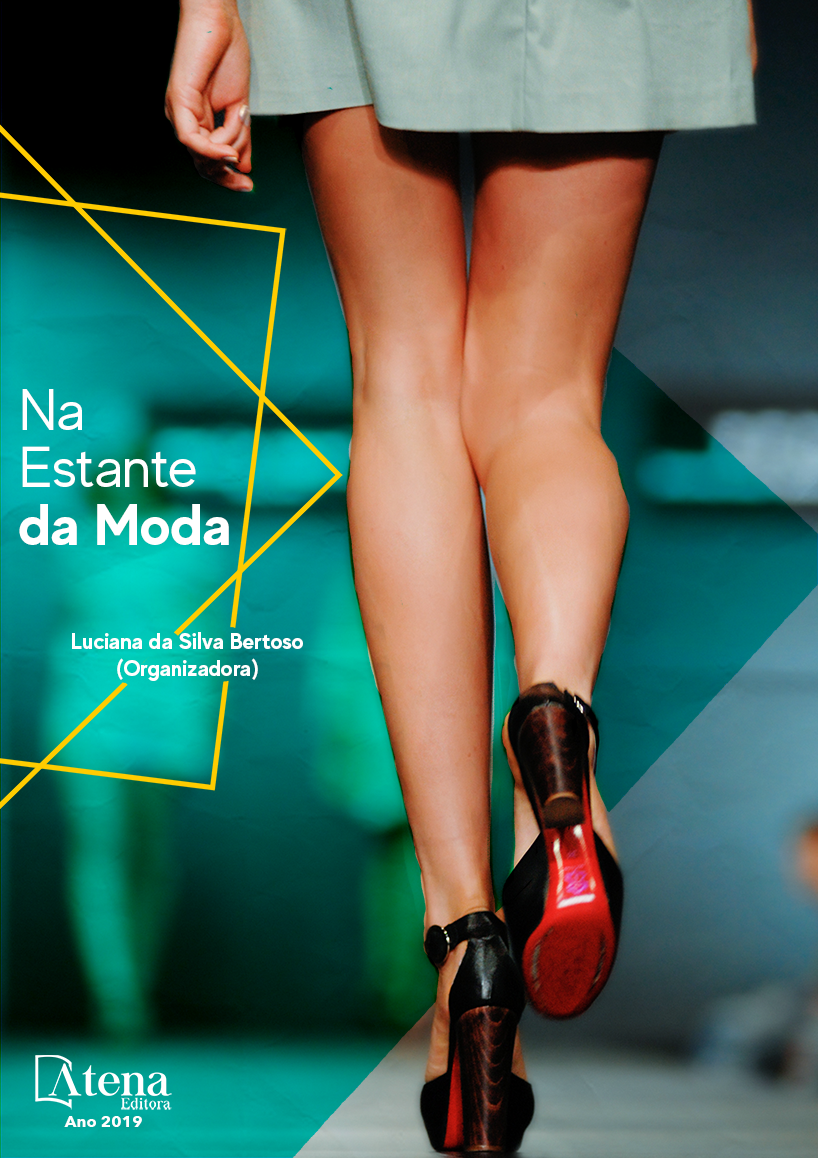
PRÁTICAS COMUNICACIONAIS NO VAREJO DE MODA: APROPRIAR PARA ESTABELECER IDENTIDADE
O presente capítulo aborda as
práticas comunicacionais presentes nas redes
de varejo de moda que, aparentemente, se
inspiram em referências de estilo conceitual
apresentadas pelas marcas de luxo em
semanas de moda para desenvolver coleções
comerciais. Esse processo de inspiração é
analisado de acordo com a perspectiva de
apropriação (Roger Chartier), segundo o qual
haveria um processo de adaptação inerente,
gerando assim um novo produto. Sugerimos
como hipótese a interpretação de que nesse
mecanismo de apropriação compreende-se
um movimento de adesão de novas tendências
propostas com o intuito de estabelecer identidade
através do uso de roupas, a fim de instituir
pertencimento com grupos representados por
determinada vestimenta. Para isso, utilizamos
como referencial teórico, conceitos de cultura
material (Daniel Miller) com foco na importância
do consumo e das materialidades para
compreender as dimensões da vida social;
as relações de estratégia e tática (Michel de
Certeau) existentes na idealização da moda e
adaptação para a apropriação das condutas do
que é fashion; a concepção ocidental da moda
(Gilles Lipovetsky) para compreender o modelo
estruturado na metade do século XIX que
constituiu o modelo em vigor; e a concepção de
identidade na pós-modernidade (Stuart Hall),
em uma análise de como as transformações
promovidas no final do século XX abalaram a
perspectiva de identidade unificada fazendo
prosperar a noção de multiplicidade identitária.
PRÁTICAS COMUNICACIONAIS NO VAREJO DE MODA: APROPRIAR PARA ESTABELECER IDENTIDADE
-
DOI: 10.22533/at.ed.35419220513
-
Palavras-chave: Práticas comunicacionais; varejo de moda; identidade.
-
Keywords: Communication practices; fashion retail; identity.
-
Abstract:
This chapter discusses the
communication practices present in fashion retail
chains that seemingly draw on conceptual style
references presented by luxury brands in fashion
weeks to develop commercial collections. This
process of inspiration is analyzed according
to the perspective of appropriation (Roger
Chartier), according to which there would be an
inherent adaptation process, thus generating
a new product. We suggest as hypothesis
the interpretation that in this mechanism of
appropriation it is understood a movement of
adhesion of new tendencies proposed with the
intention of establishing identity through the use
of clothes, in order to institute membership with
groups represented by certain clothes. For this,
we use as theoretical reference, concepts of
material culture (Daniel Miller) focusing on the
importance of consumption and materialities to
understand the dimensions of social life; the strategic and tactical relations (Michel de
Certeau) existing in the idealization of fashion and adaptation to the appropriation of
the conduct of what is fashion; the Western conception of fashion (Gilles Lipovetsky)
to understand the model structured in the mid-nineteenth century which was the model
in force; and the conception of identity in postmodernity (Stuart Hall), in an analysis
of how the transformations promoted at the end of the twentieth century shook the
perspective of unified identity by making the notion of identity multiplicity flourish.
-
Número de páginas: 15
- Natalia Colombo


